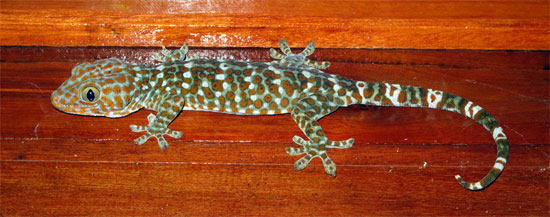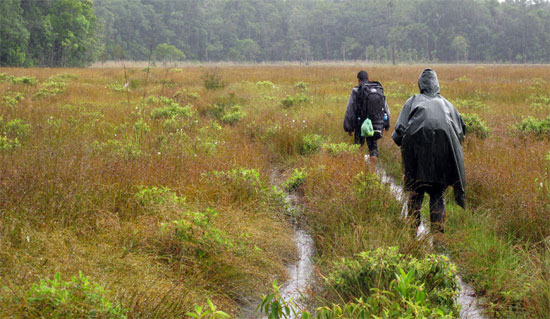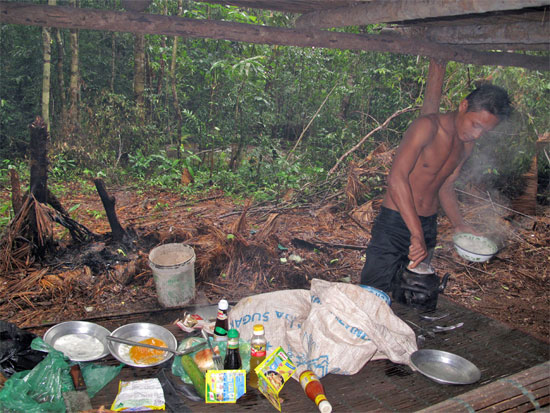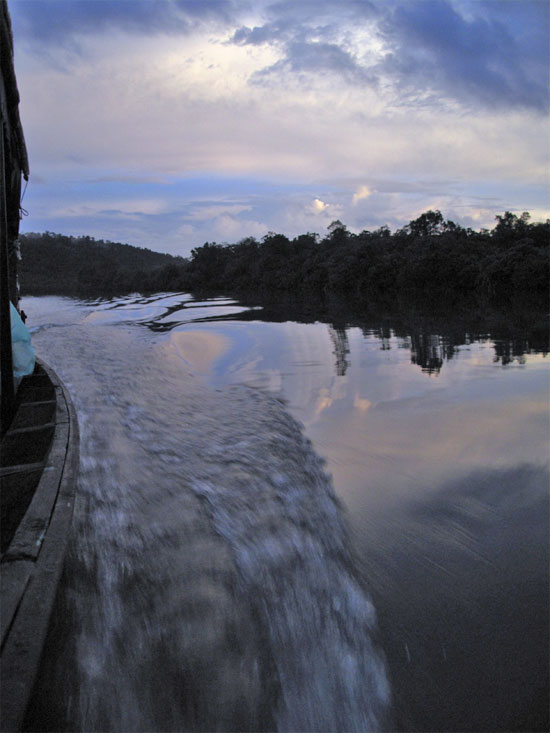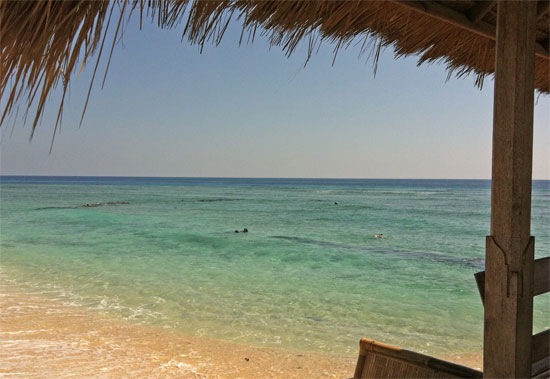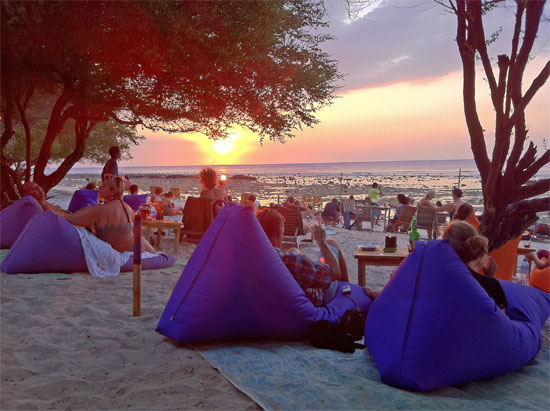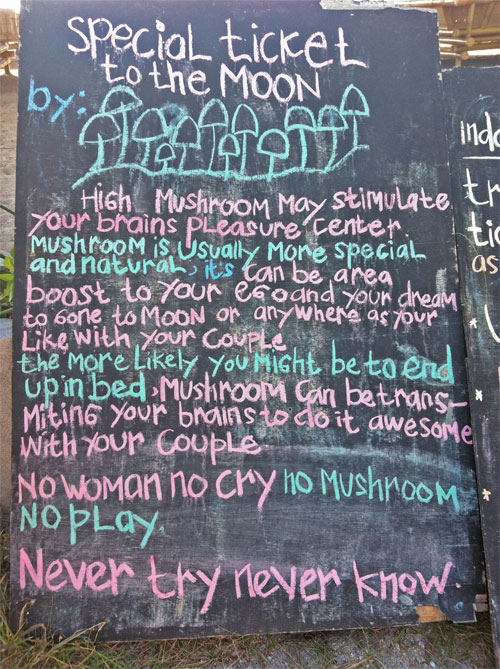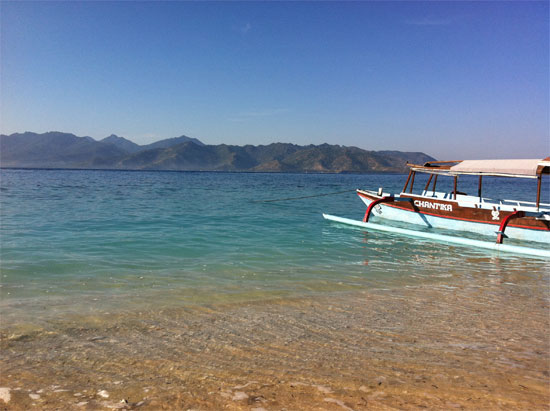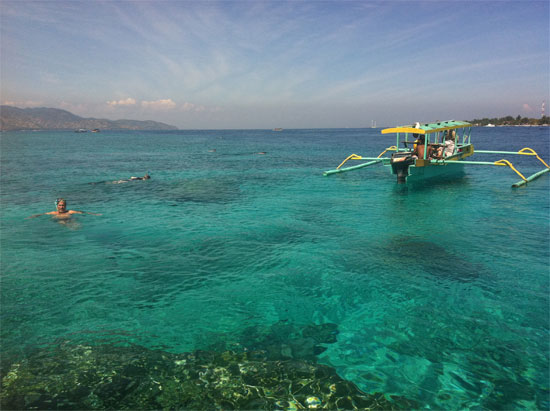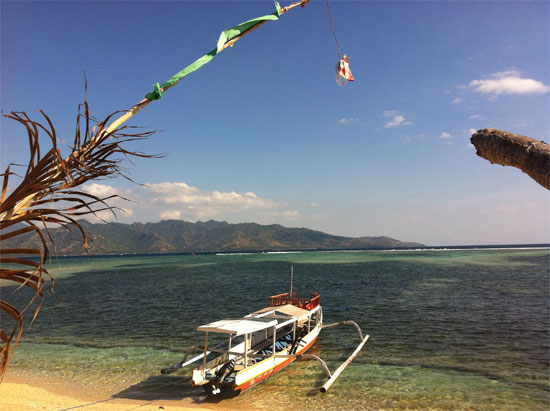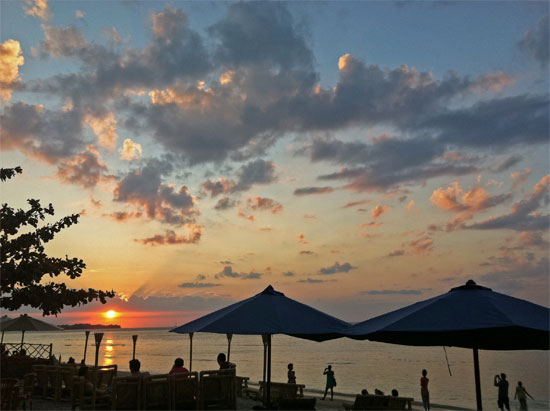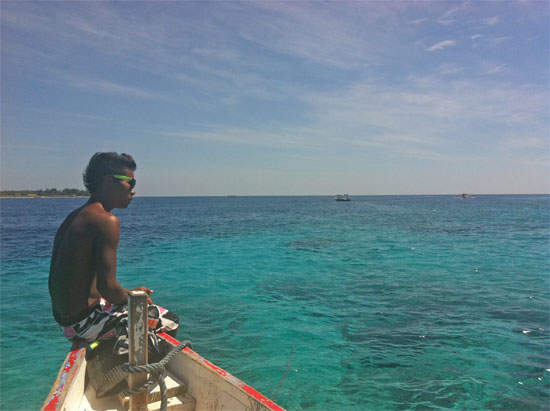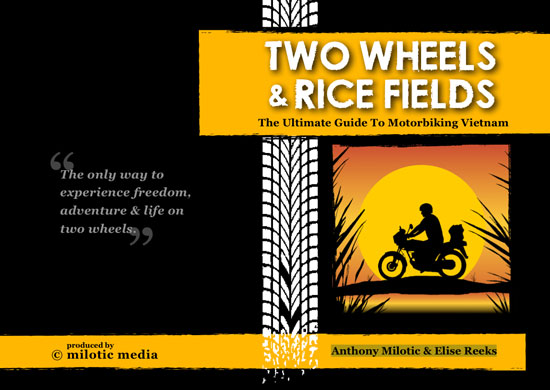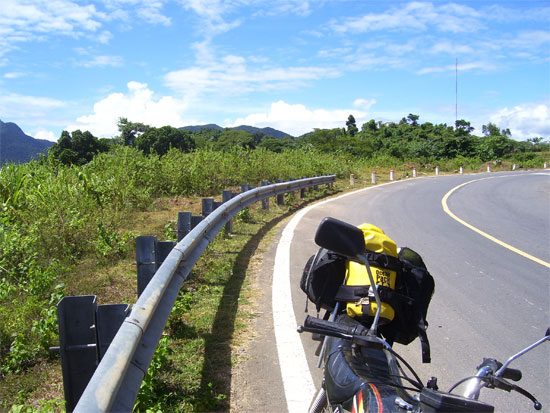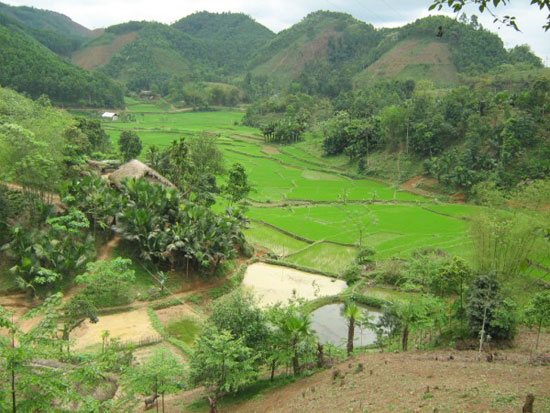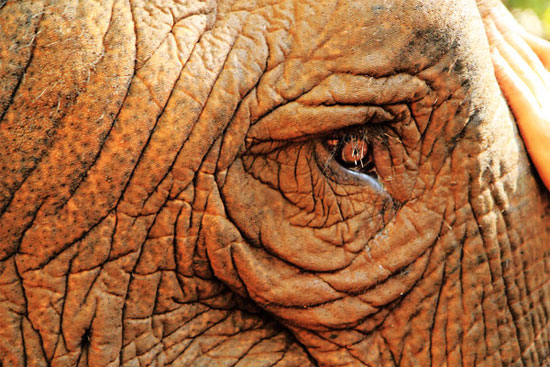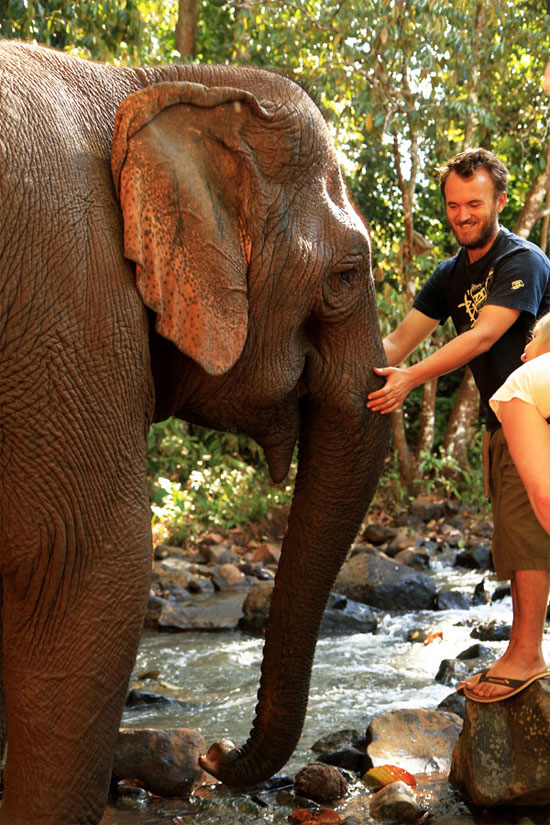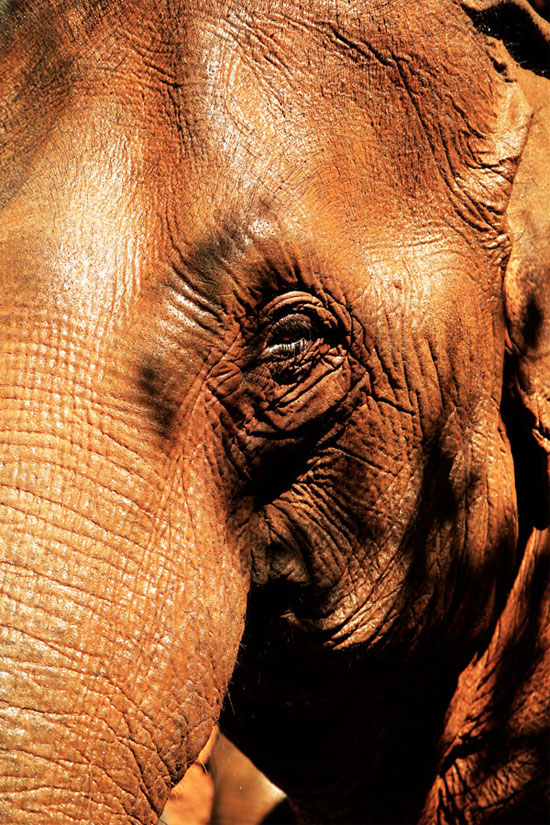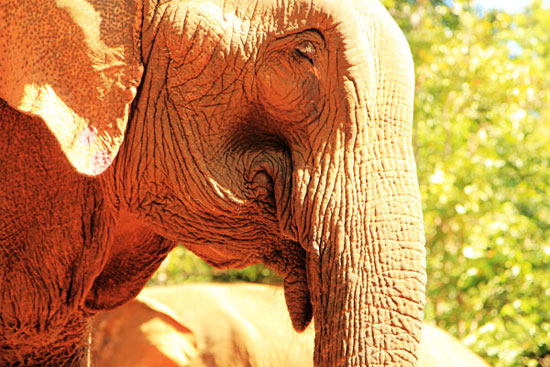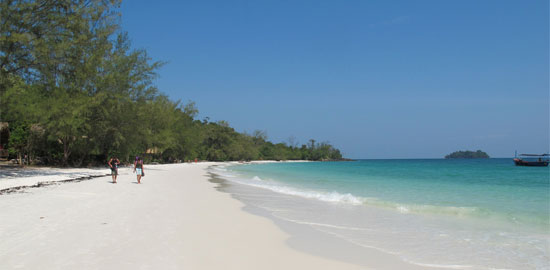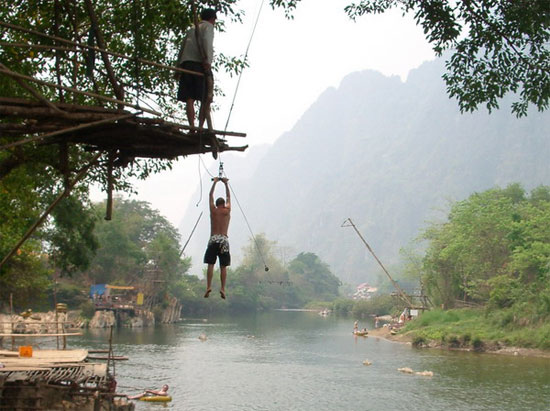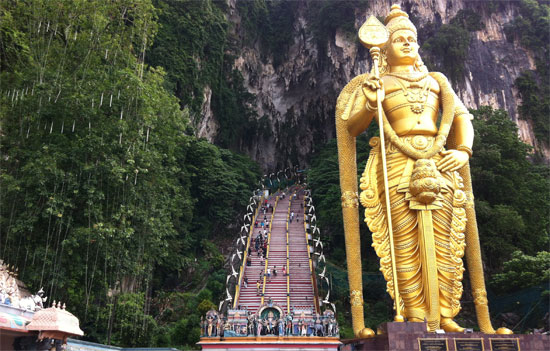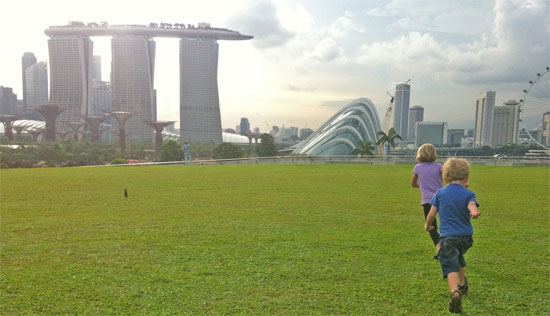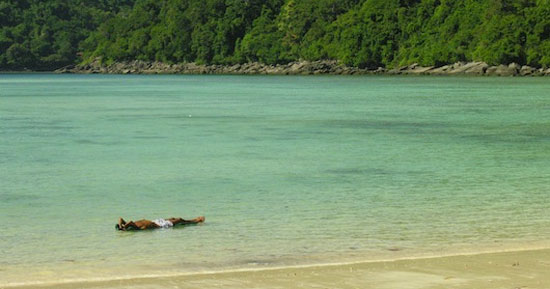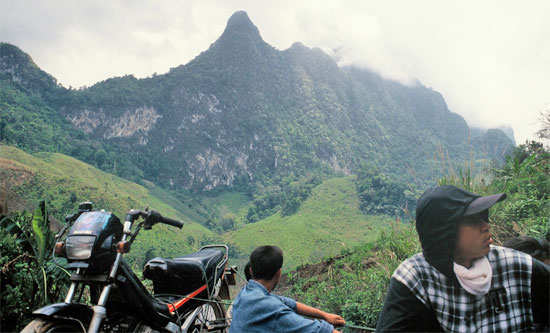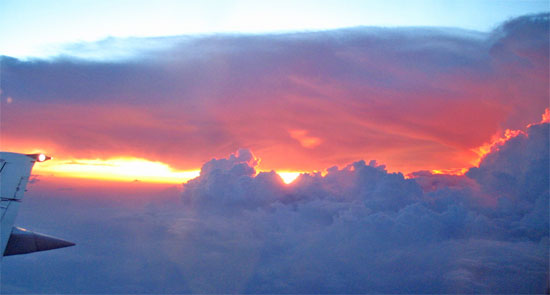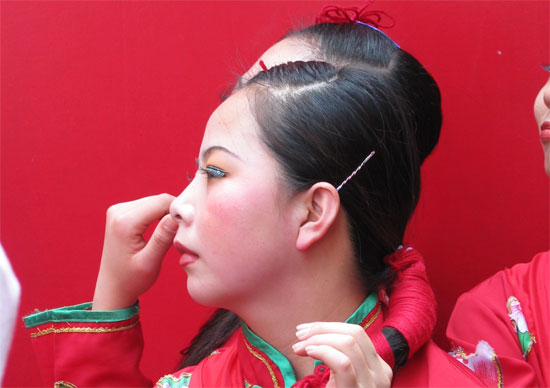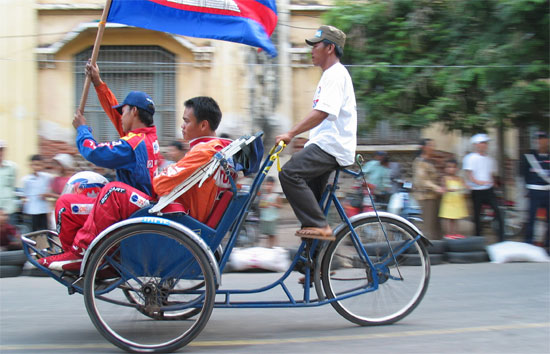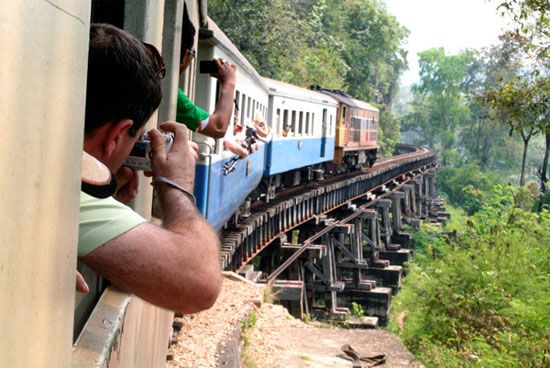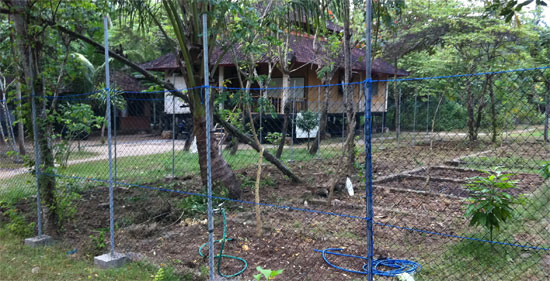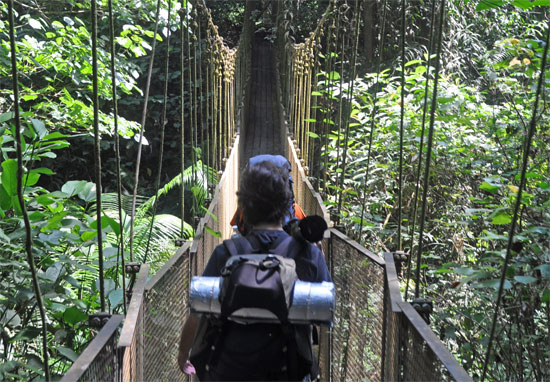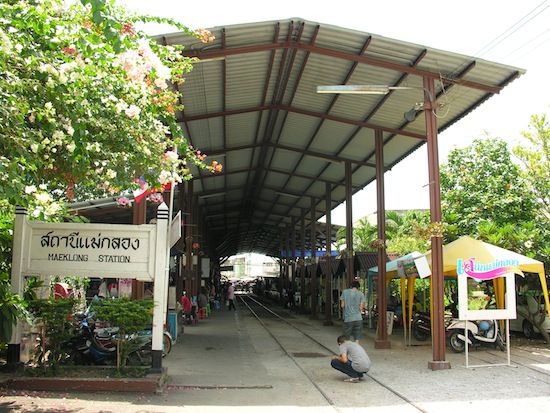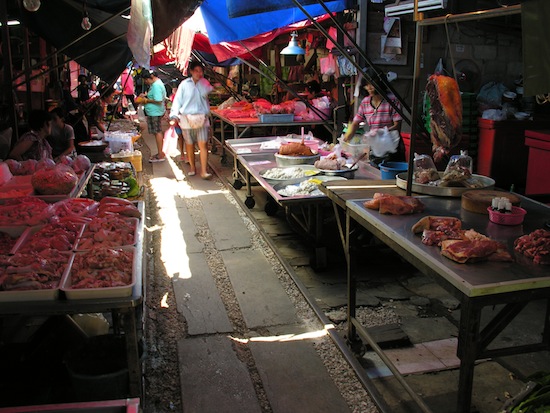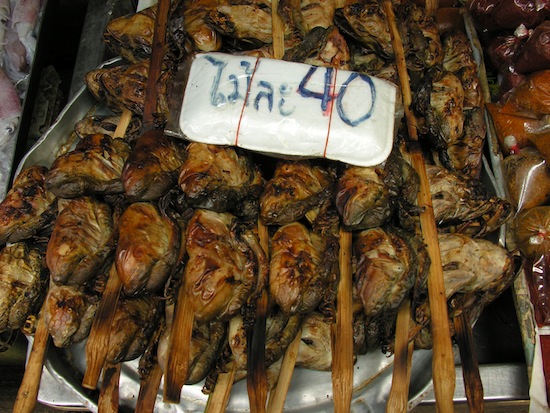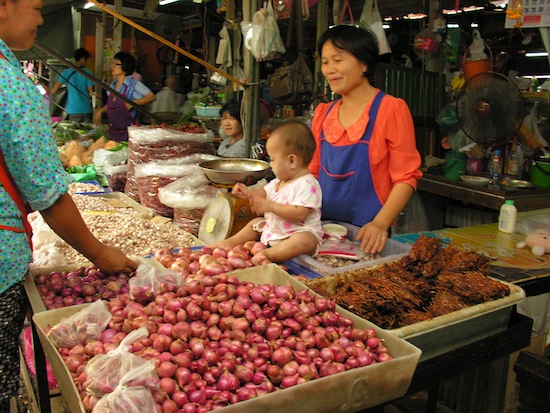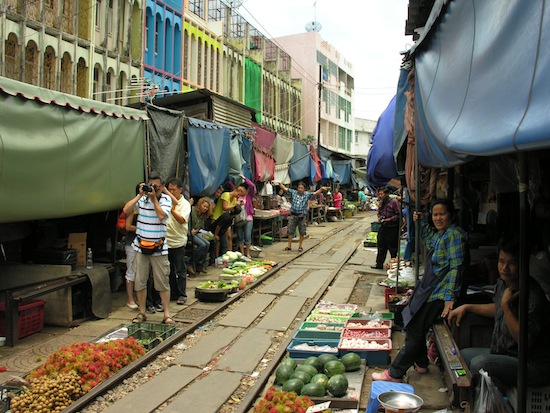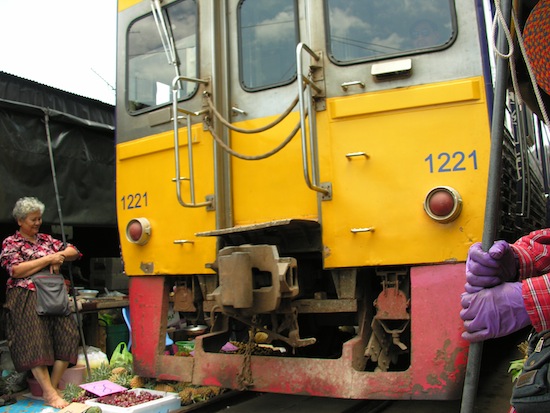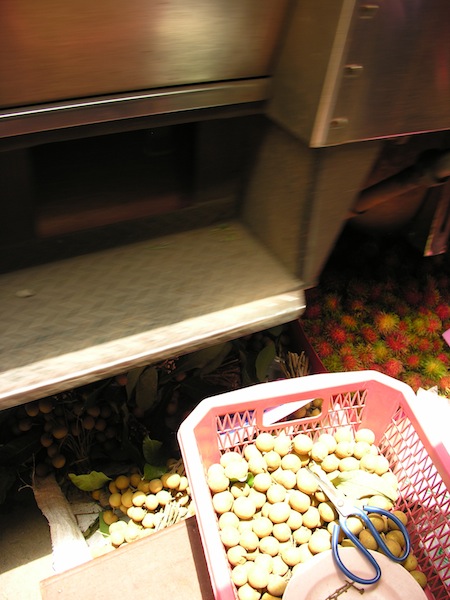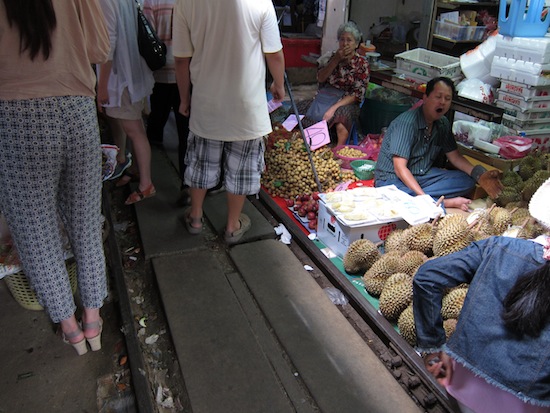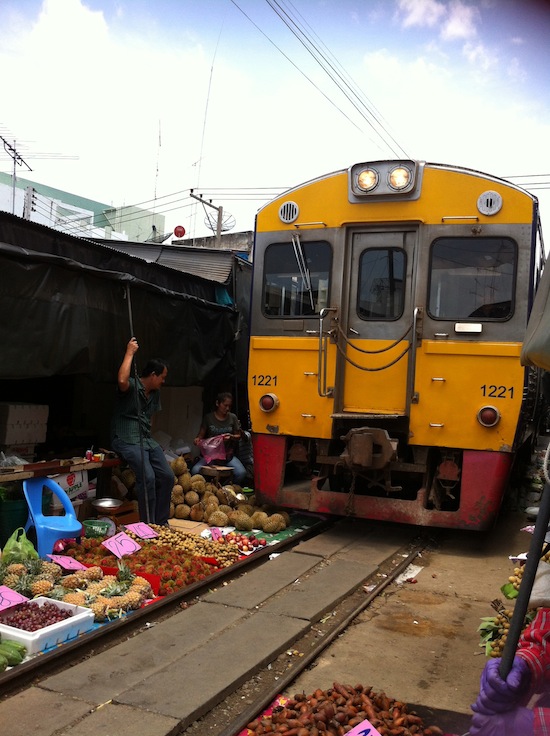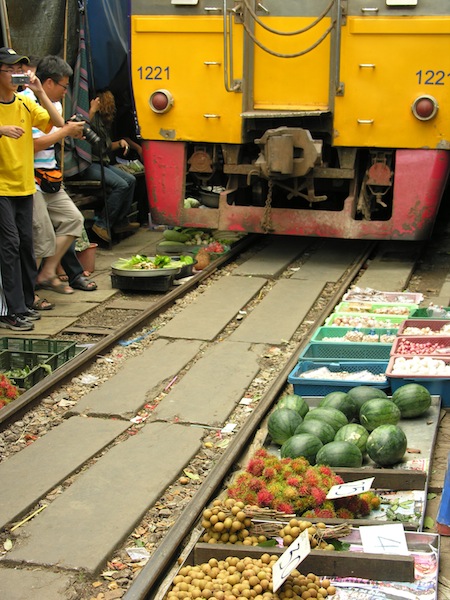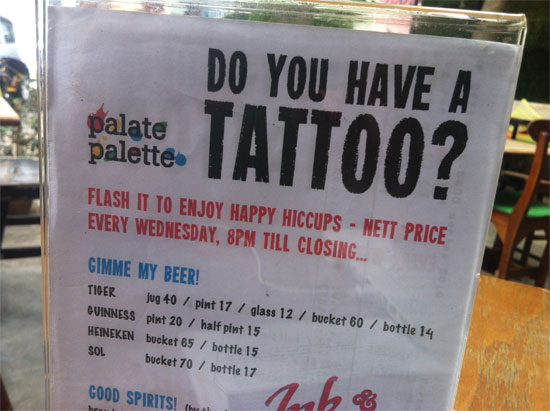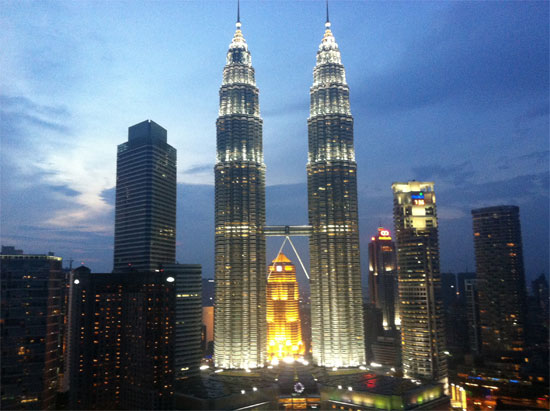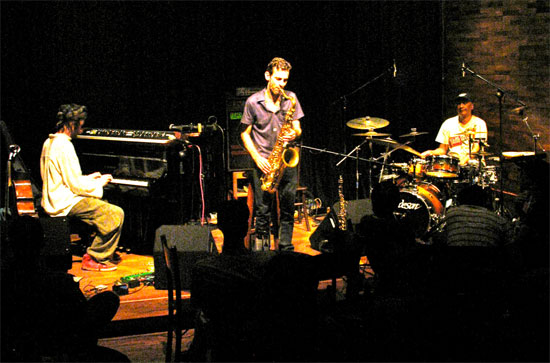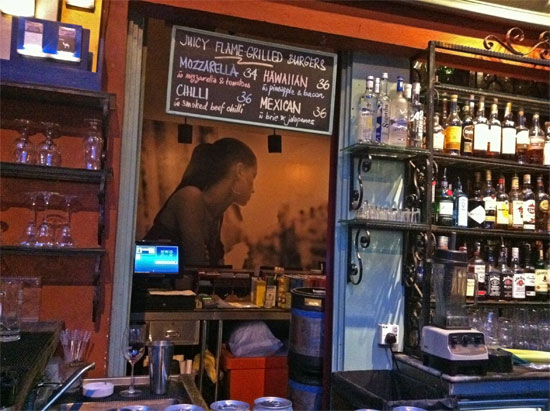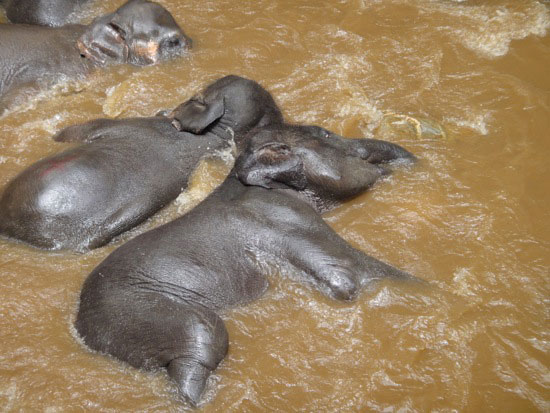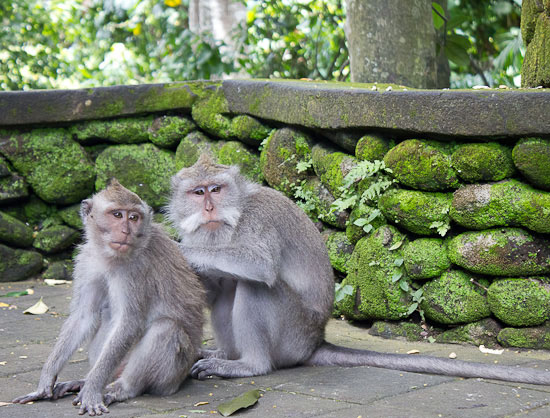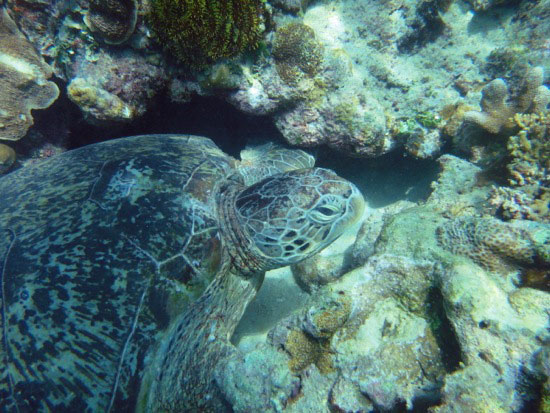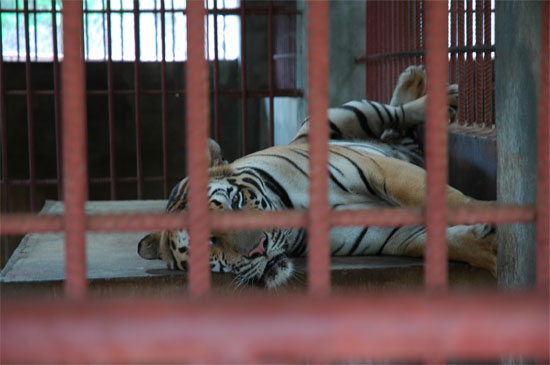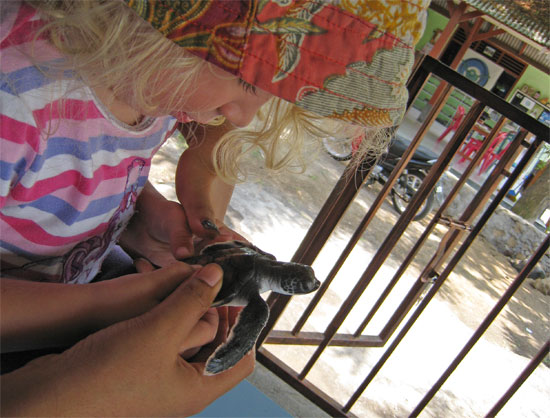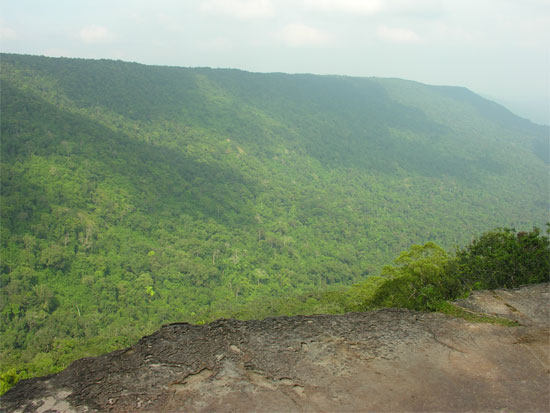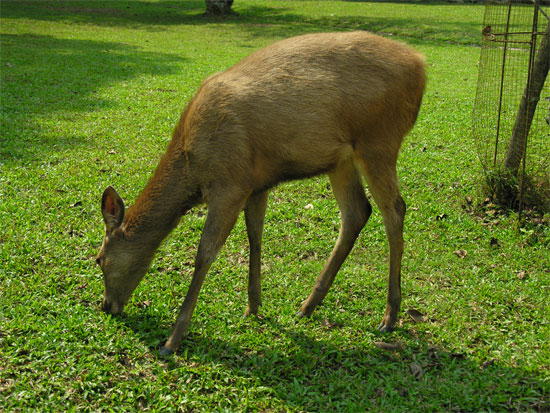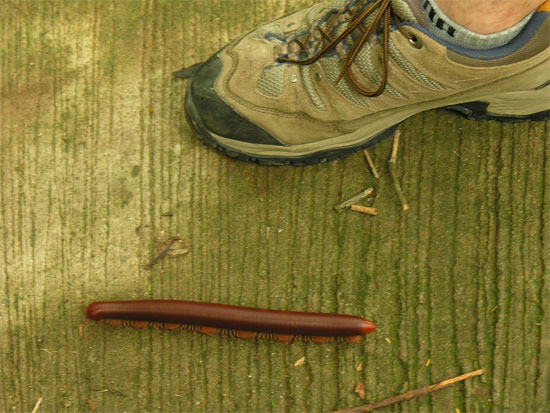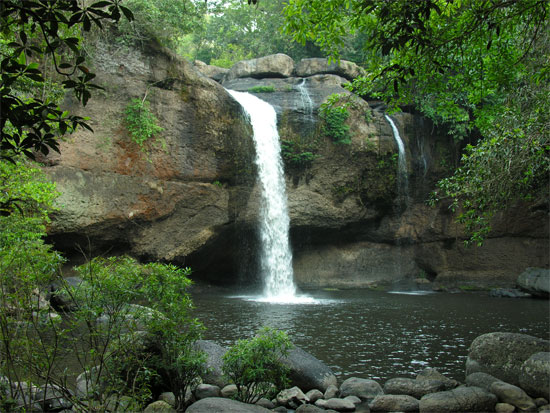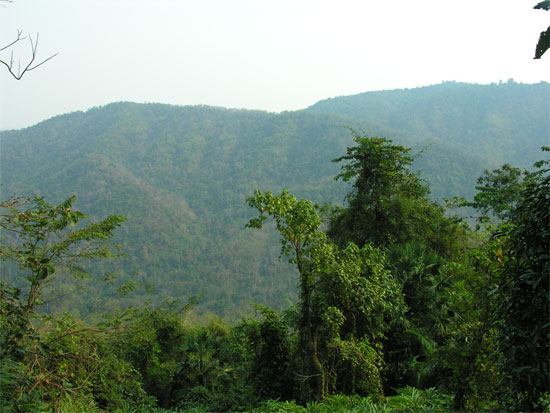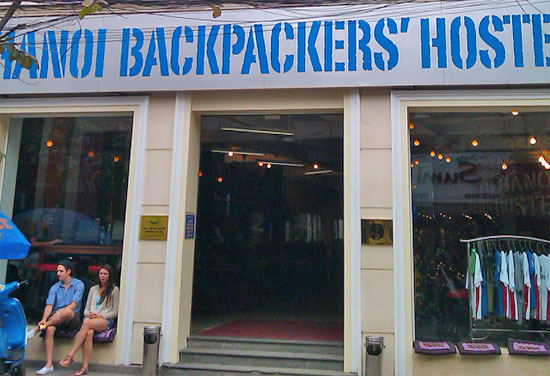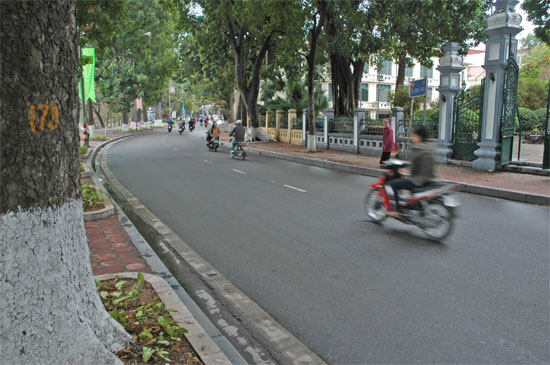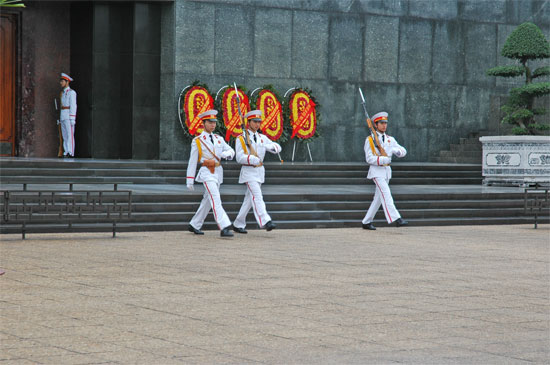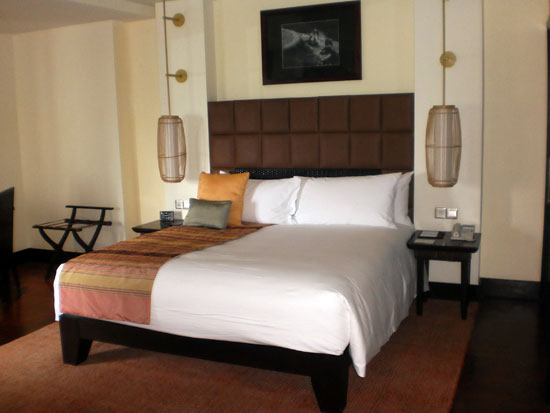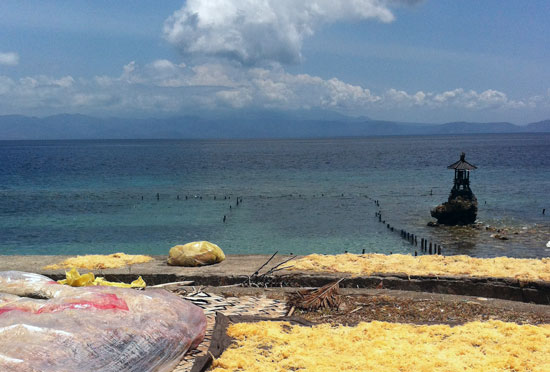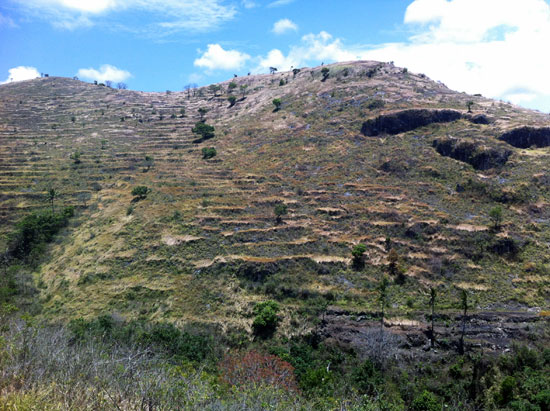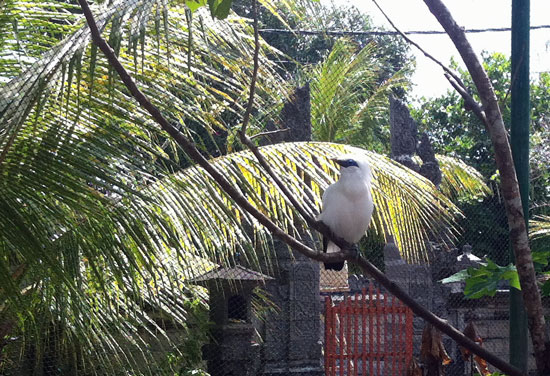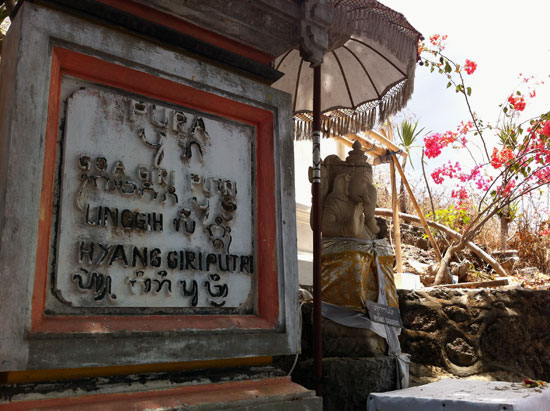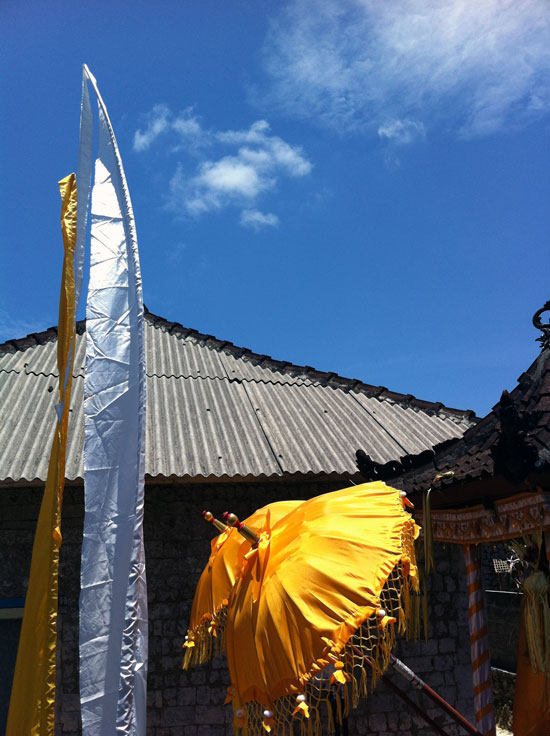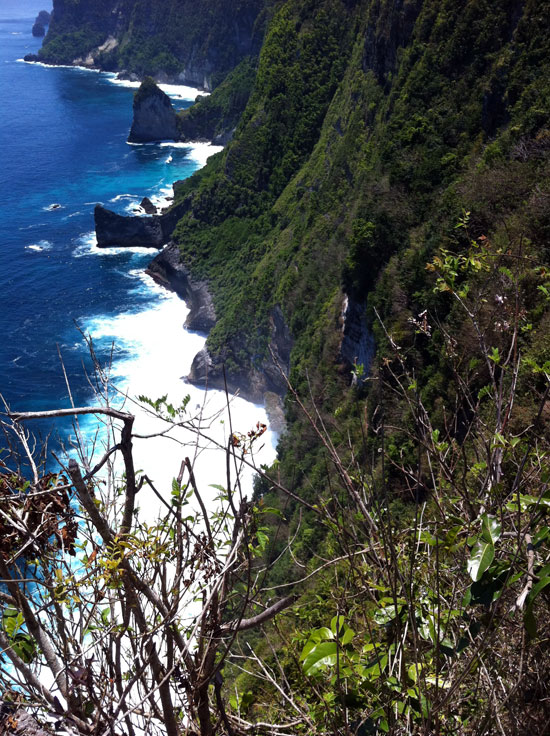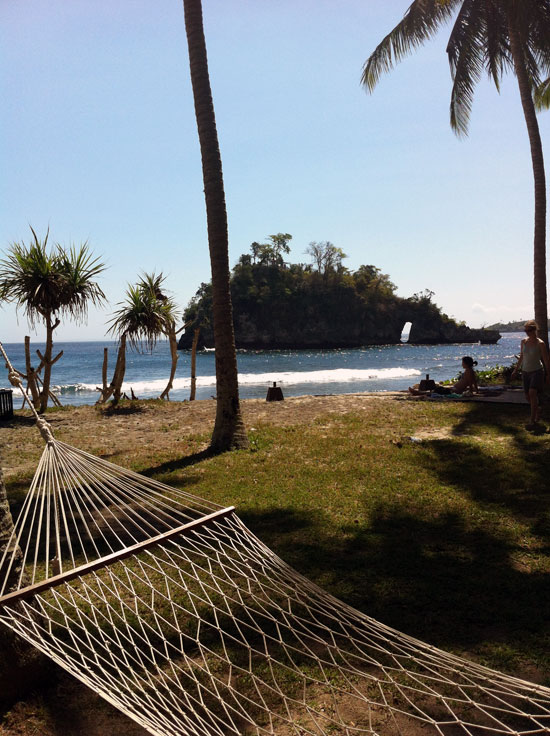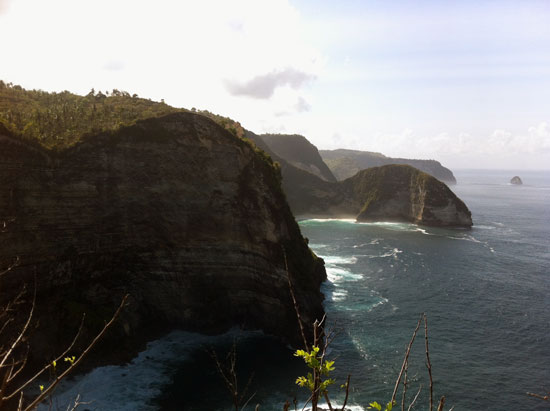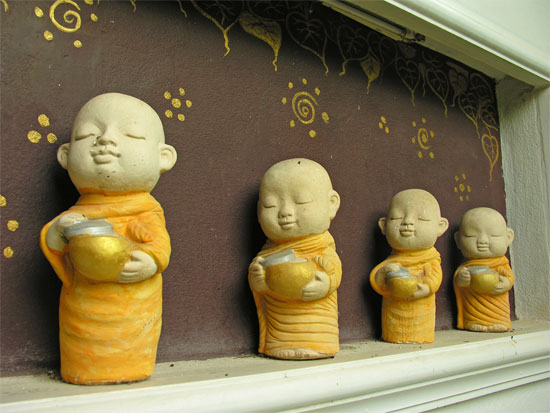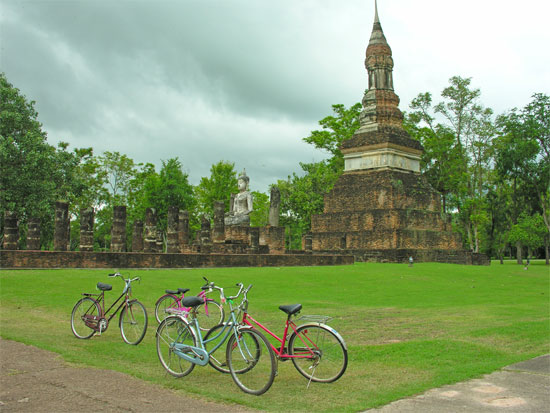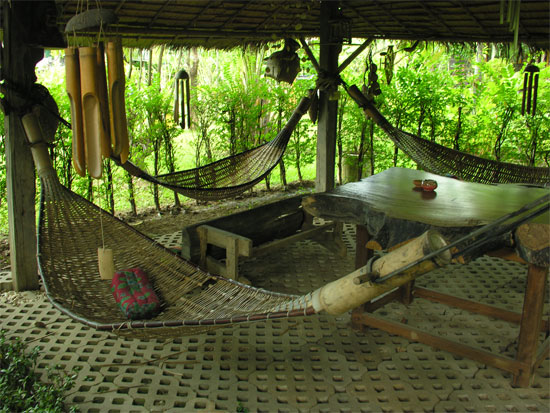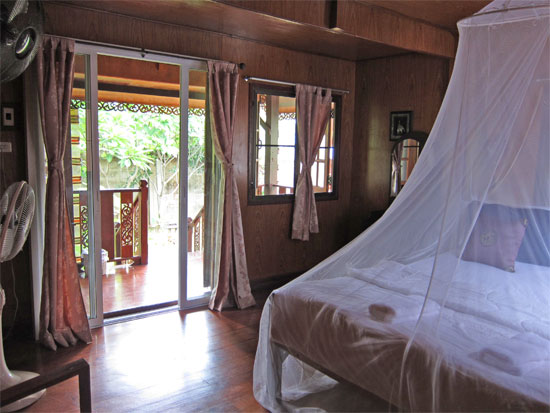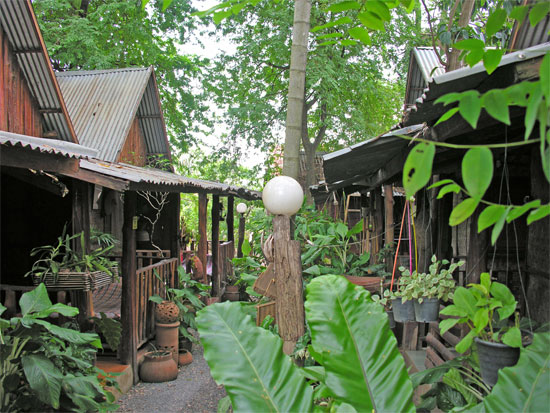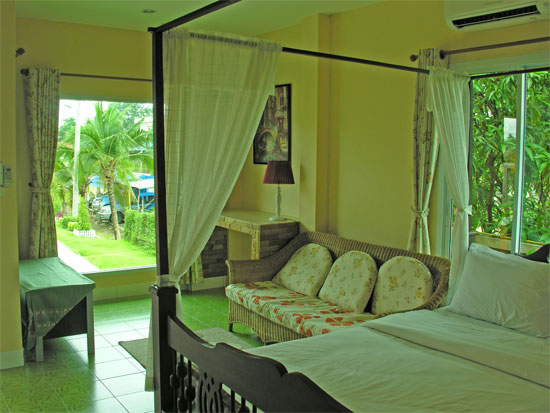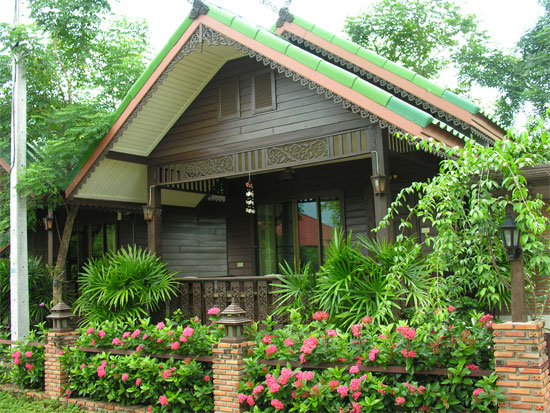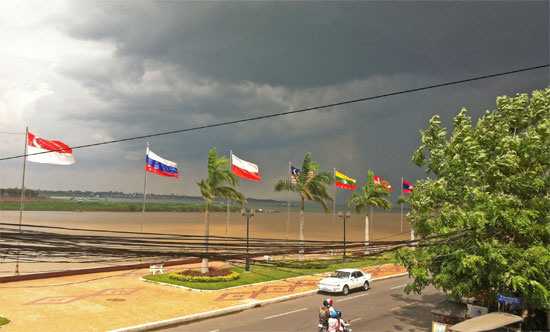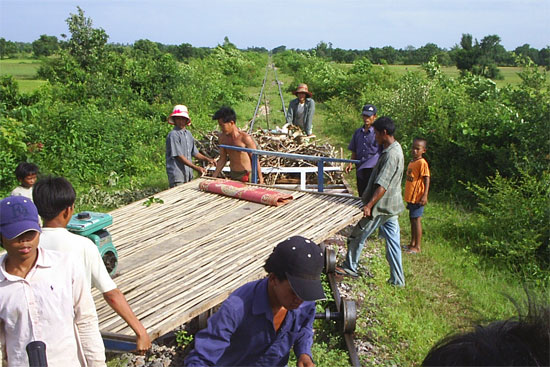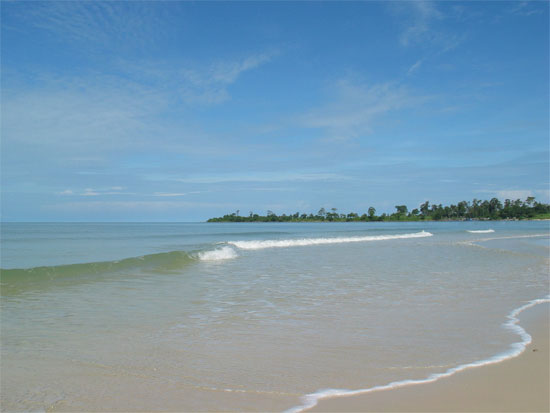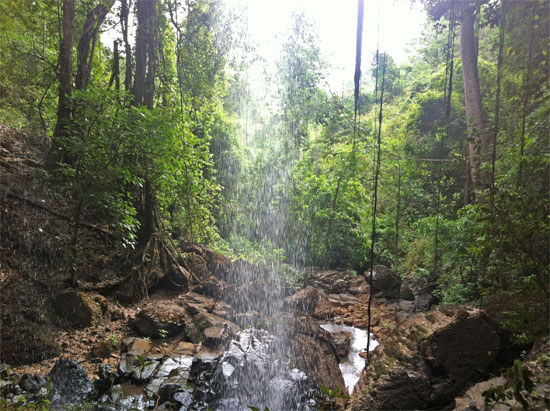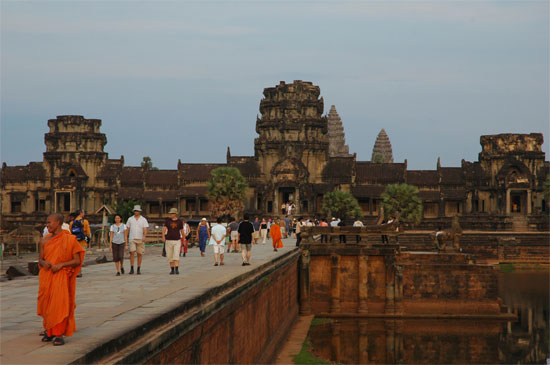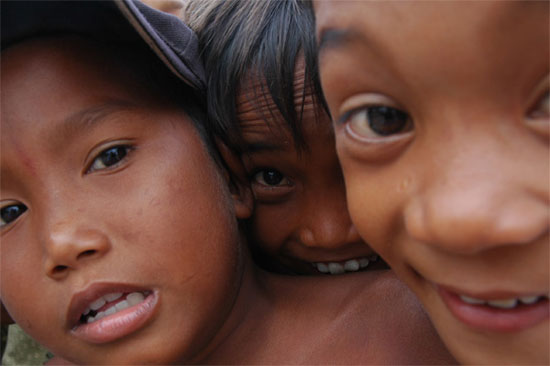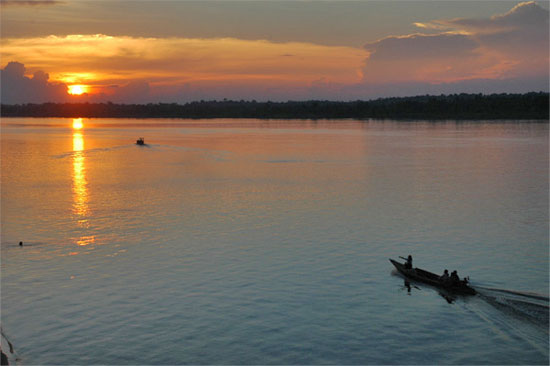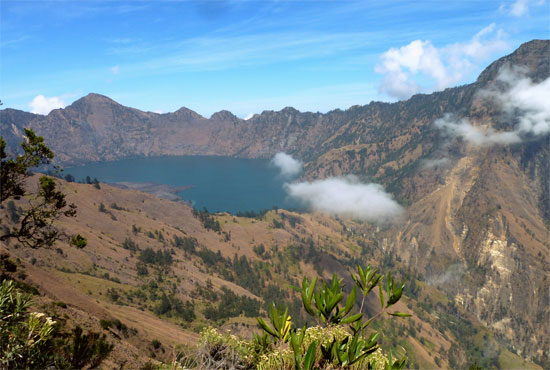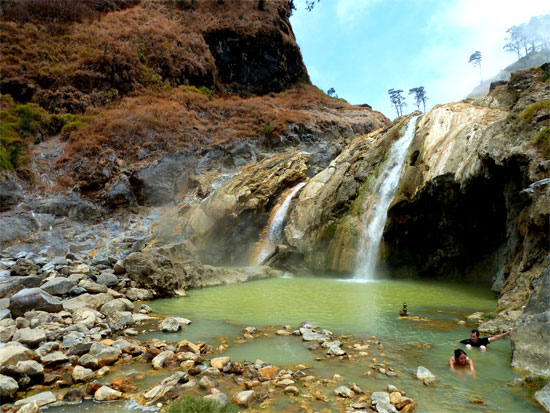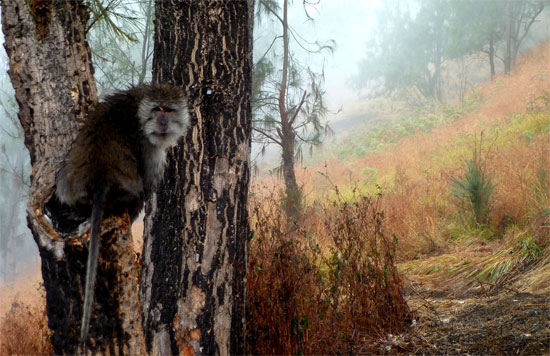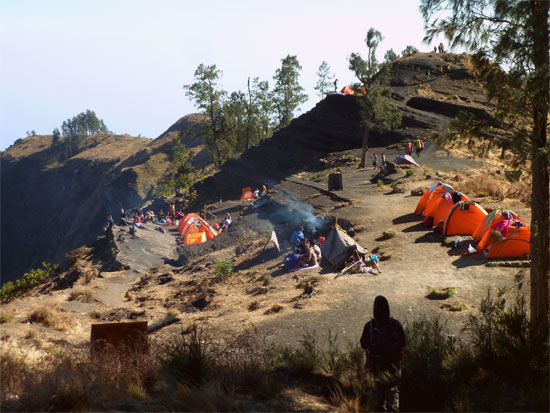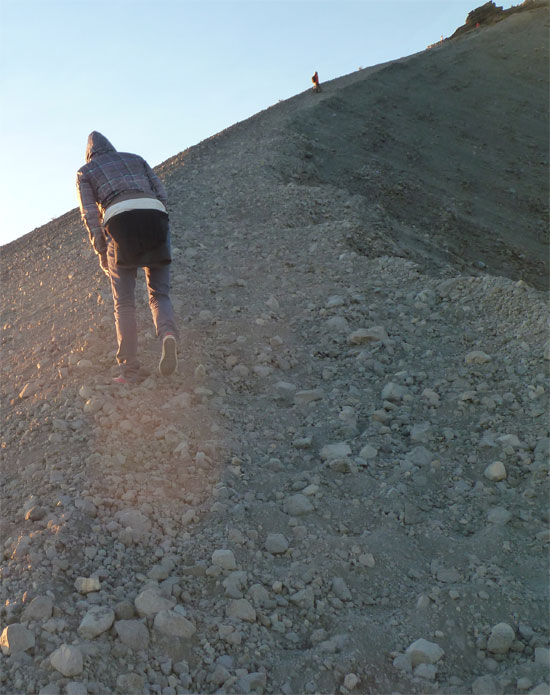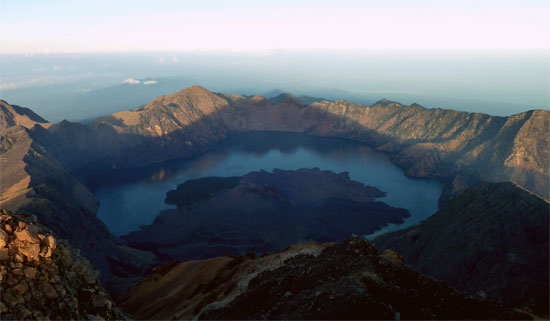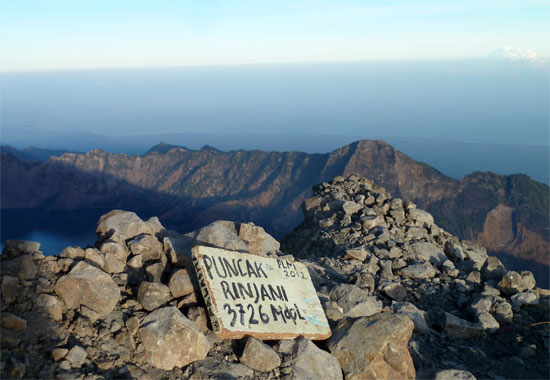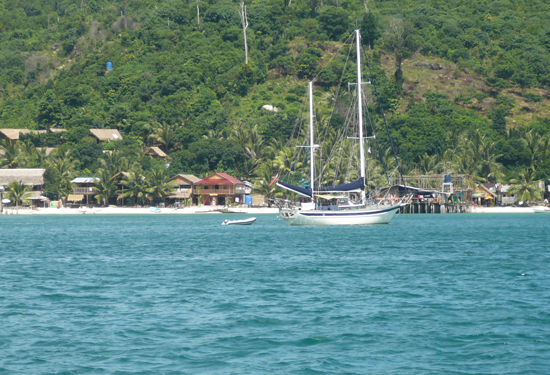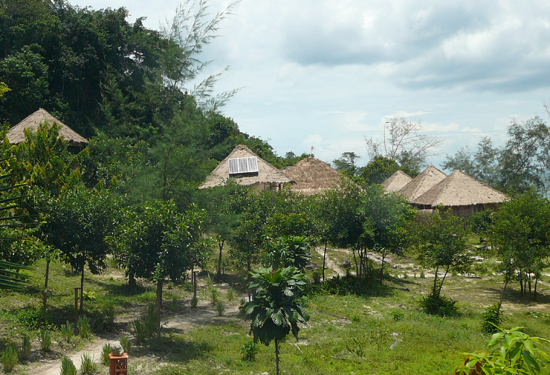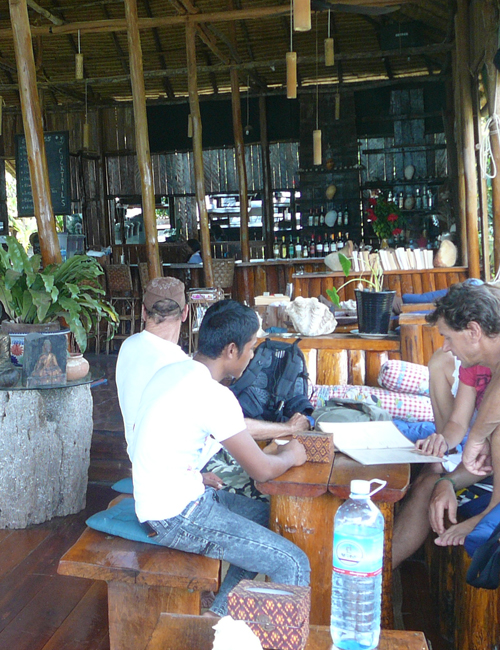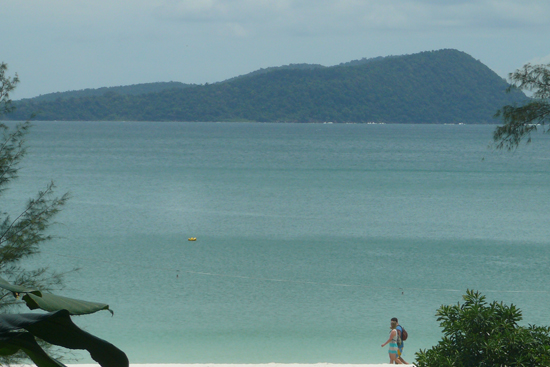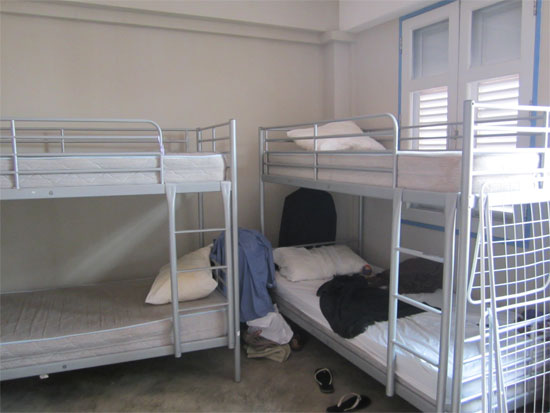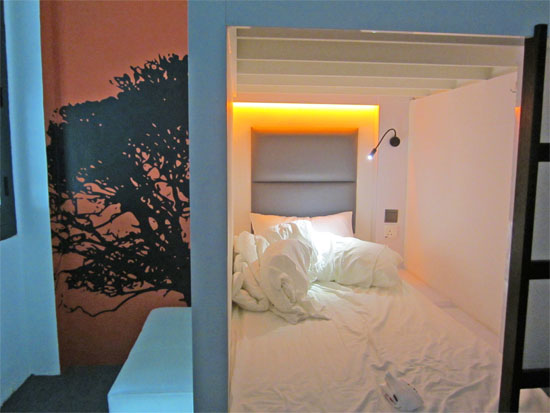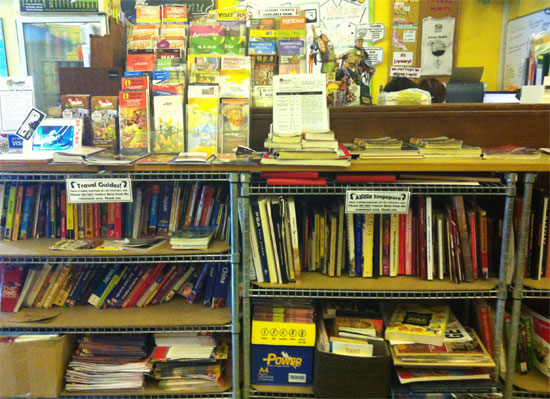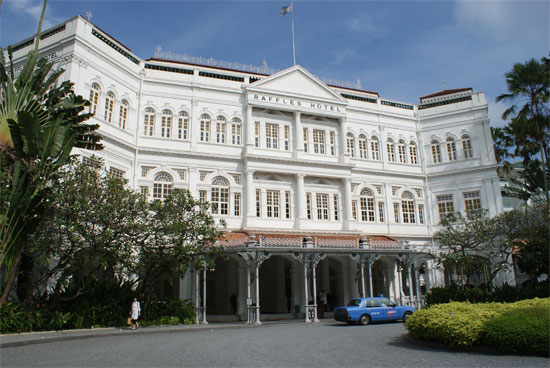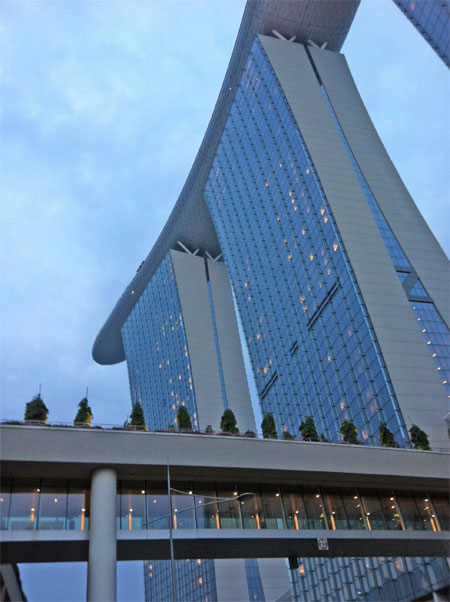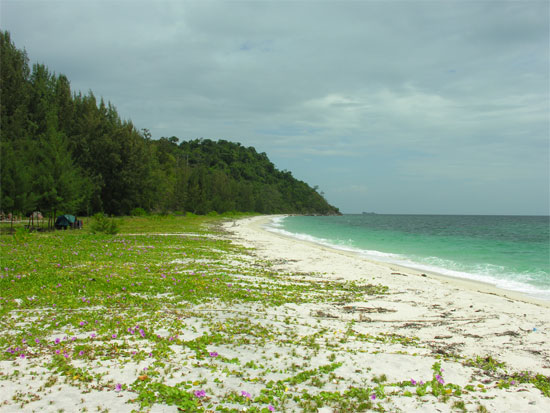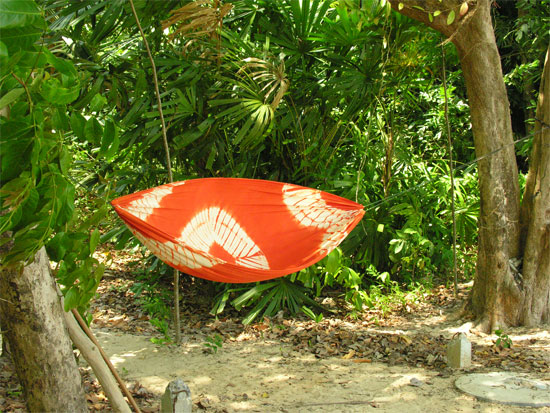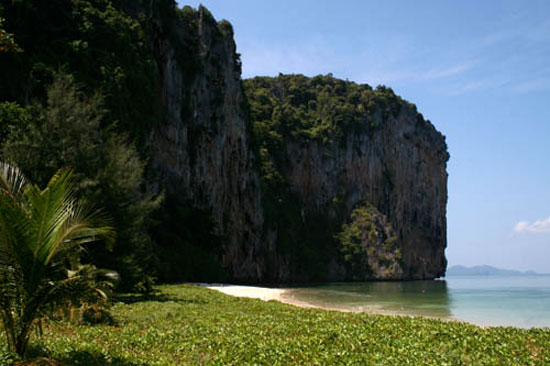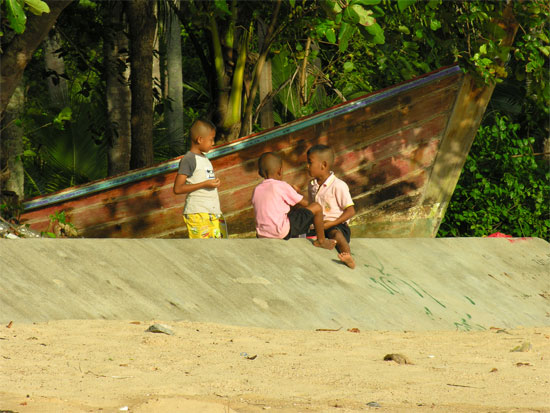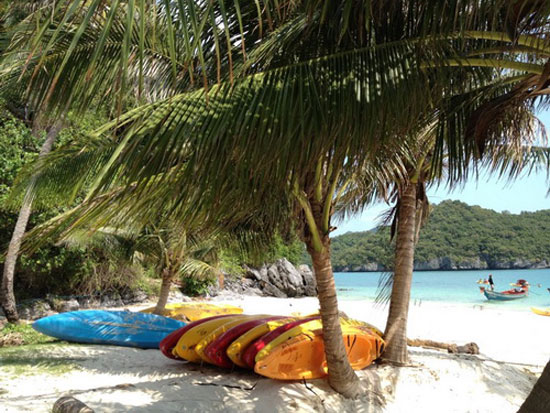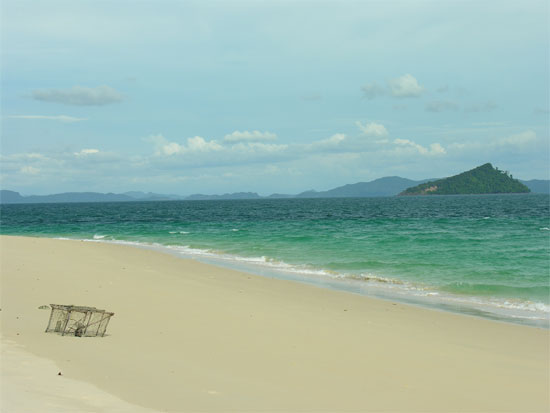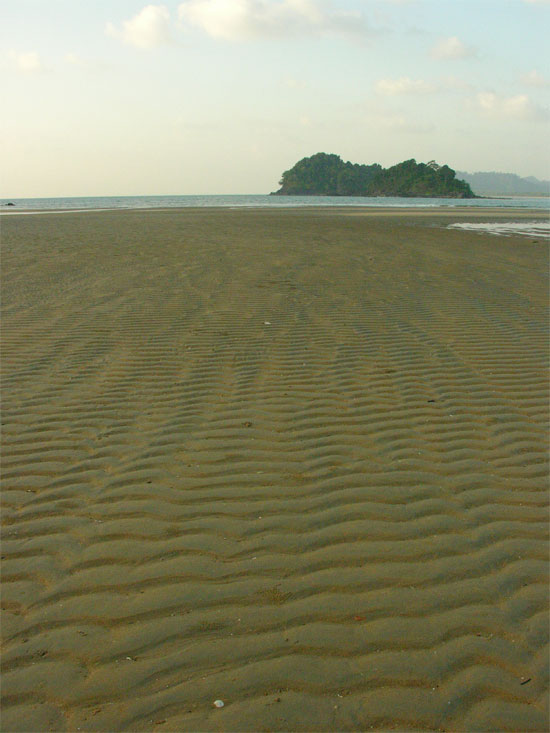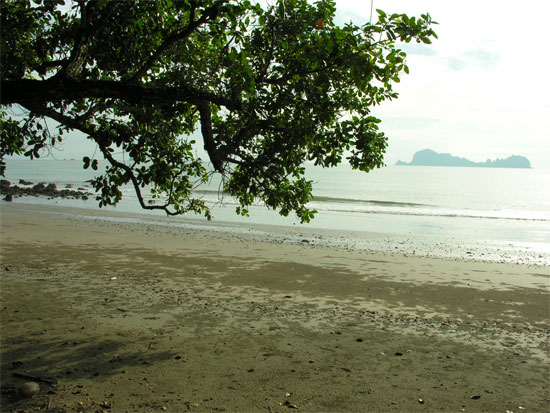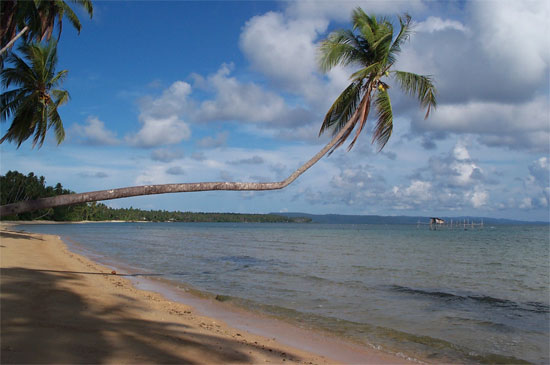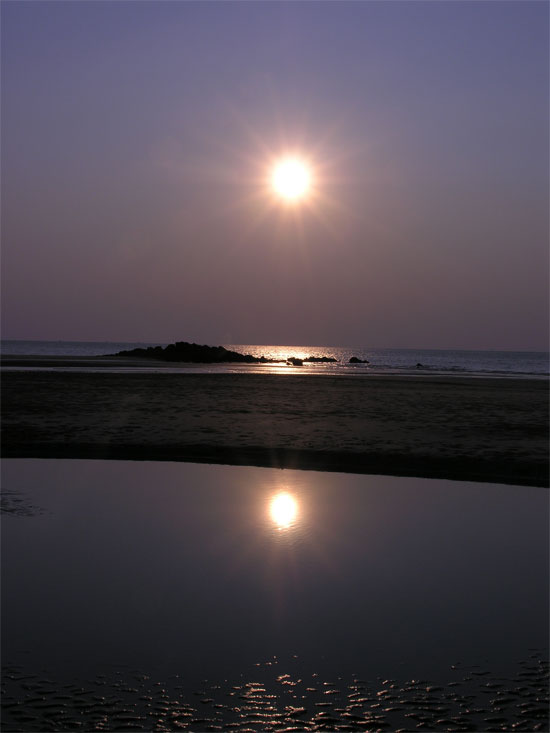Thailand is known for its beautiful beaches, and Ko Samui is no exception. Being one of Thailand's most popular tourist locations, Samui's beaches may no longer be as secluded as those of the smaller islands. For some, this is not a negative; but those still opting for isolation or authenticity need not worry, as this can still be found with a little help.
What makes a good beach? We've actually written about the beaches of Ko Samui before -- and just as it was back then, everyone has their own idea of what is a good beach. To some it means soft white sand, clear and calm water, a coconut palm to offer shade and no distractions. To others, plentiful deck chairs, music, a barman on call and a crowd to share this with make a beach something to remember. Still to others with young children, safe swimming beach, bathroom facilities, family-friendly restaurants and no topless bathers might all make a great beach. We've made a few suggestions here, allowing you to choose the best spot to lay your towel depending on your ideal memory-making beach.
Chaweng beach lies on the island's east coast, and is Samui's longest and busiest beach. Should one arrive early morning, it's easy to see why this was the first beach area to lure tourists to Samui. Private villas no longer grace Chaweng's shores and every available space is squeezed tight with resorts, restaurants and bars. Room rates along this beach are inflated, and nothing in the backpacker or even flashpacker range is available these days. However, those wanting a social scene make a good choice in Chaweng, as venues such as Ark Bar pump out music and fill every open patch of sand with sun beds. Do not expect peace and quiet -- if the vendors don't disturb you, the jetskis will. At night the party continues, and day beds are turned into chill platforms, while the serious deejays hit the deck.

Deck chairs aplenty on Chaweng.
Those enjoying water sports have several options with all the main beaches offering some form of equipment hire. Surfers will be let down however, as Samui has no waves -- at all. SUP (stand-up paddling) has become the latest trend on the island as no waves are needed, and boards and lessons are available in Chaweng, Lamai and Mae Nam. All the busier beaches, as well as many of the resorts, will hire out kayaks at around 100 baht per hour. This is a great way to exercise the upper body and see Samui from a different angle (ed: I prefer to adjust my day bed's height). Kite surfing is popular along Mae Nam beach, particularly at the point in front of the W Retreat, where Mae Nam beach meets Bophut beach, and the wind is at its best by Samui standards. Jetskis are controversial on the island, as they annoy anyone not on one. However, they are available for hire at Chaweng, Lamai, Choeng Mon and Bophut beaches. Be aware of bathers, as there don't seem to be designated areas for the jetskis, and nasty accidents have happened.
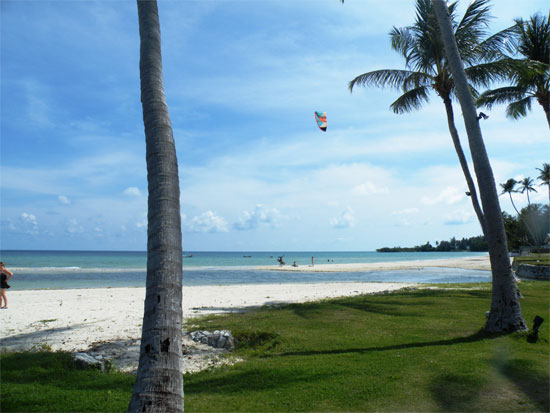
Kite surfing at Laem Set.
Underwater world lovers may want to book a day's snorkelling trip to Ko Tao, about 90 minutes by ferry from Samui, and known as one of the best snorkelling and dive locations in Southeast Asia (and let's be aware, the world's coral reefs are dying).
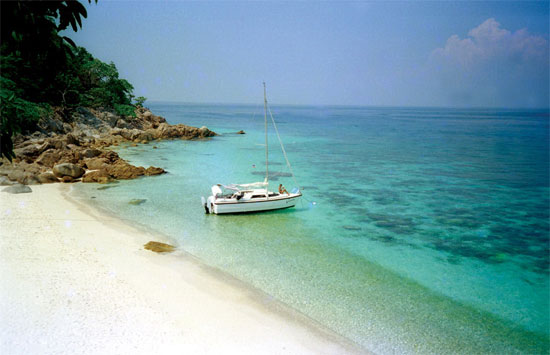
Moored at the Marine Park.
Should you not want to venture as far, then the best snorkelling option would be to take a longboat trip, only a few hundred metres across, to Ko Taen and Ko Matsum, two small islands off the southern harbour of Thong Krut. Here the snorkelling is even better than the Ang Thong Marine Park. Without leaving Samui, try the small bays of Coral Cove and Crystal Bay, between Chaweng and Lamai.
If the thought of a quiet beach shared only with a few fishermen and perhaps a water buffalo appeals to you, then explore Samui's southwestern coastline. Taling Ngam beach is long and at parts is shared by a few resorts, but some stretches are totally isolated, as is neighbouring Phang Ka Bay. Don't be afraid to travel down a dirt path and explore -- Samui is safe to do so, and a few patches down south are completely void of development. Samrong and Thongson Bays at the northeastern tip of Samui, although not undeveloped, have managed to escape mass tourism.
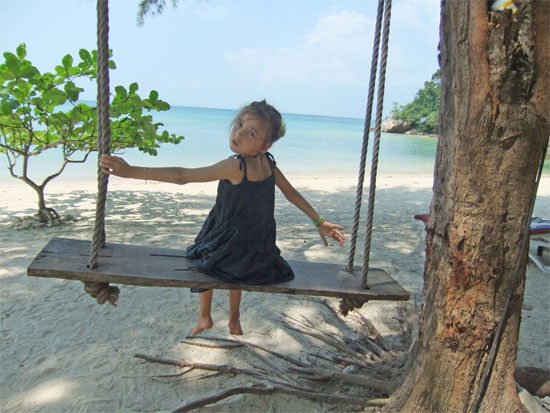
Slow day with the family at Taling Ngam.
Nearby Choeng Mon beach is popular with expat families, due to its clean water and protected bay. Good restaurants as well as a few food vendors are around when it's time to feed the family, but the bar scene is unobtrusive. Bang Rak beach is popular with Thai families, and here one will see children swimming early evening, while grandmothers dig with toes in the sand in search of clams for dinner.
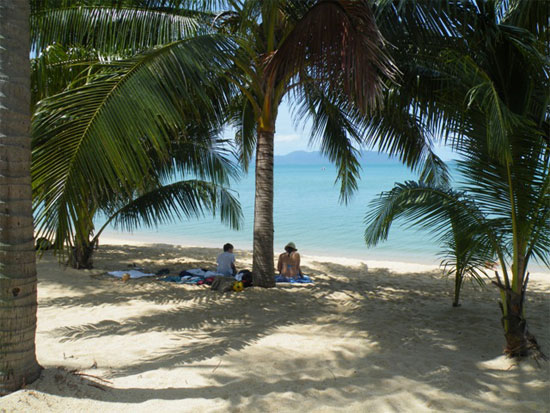
A sleepy groove at Mae Nam.
The best backpacker spots can still be found nestled between high-end resorts and villas, along the much underrated Mae Nam beach as well as a few to the western end of Bophut beach.
Time to explore!
